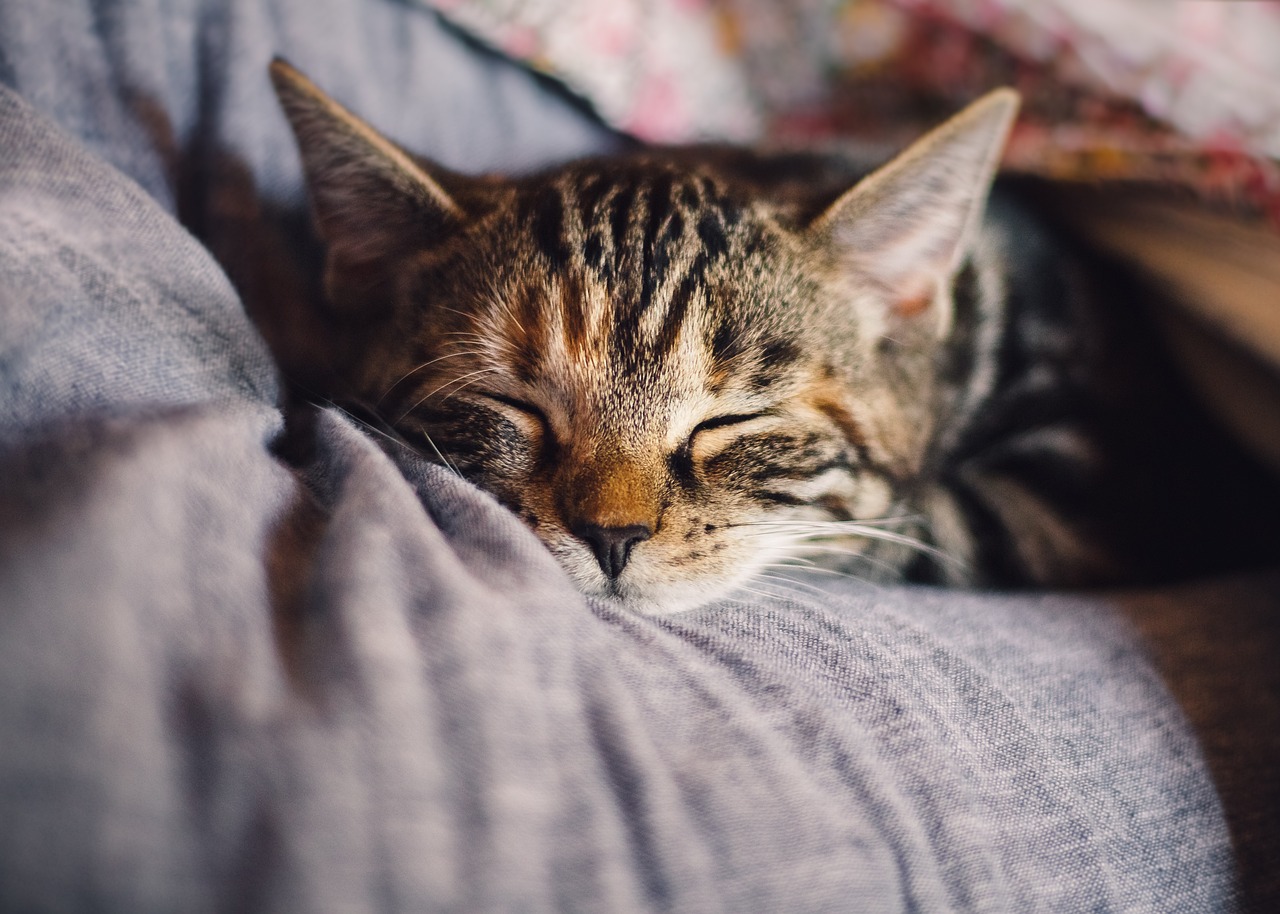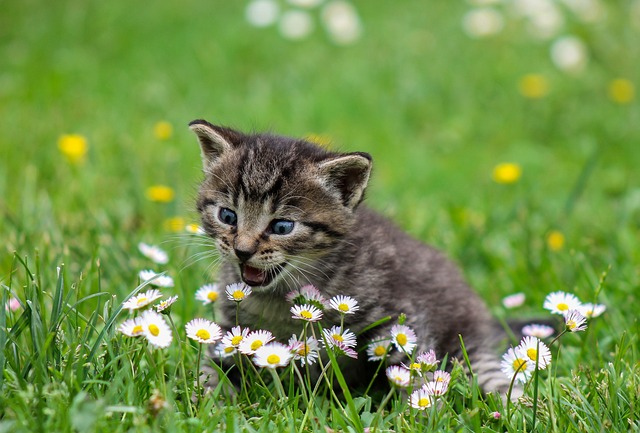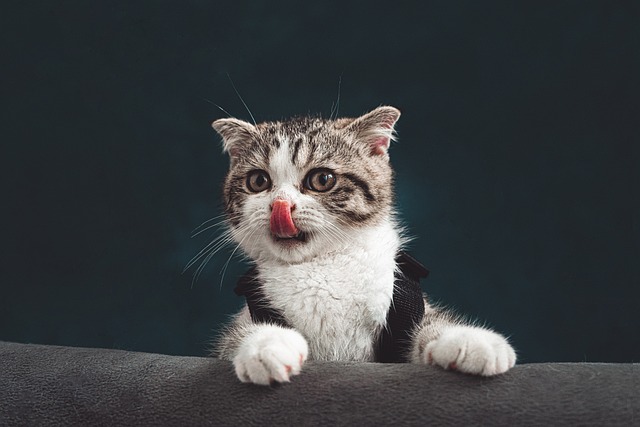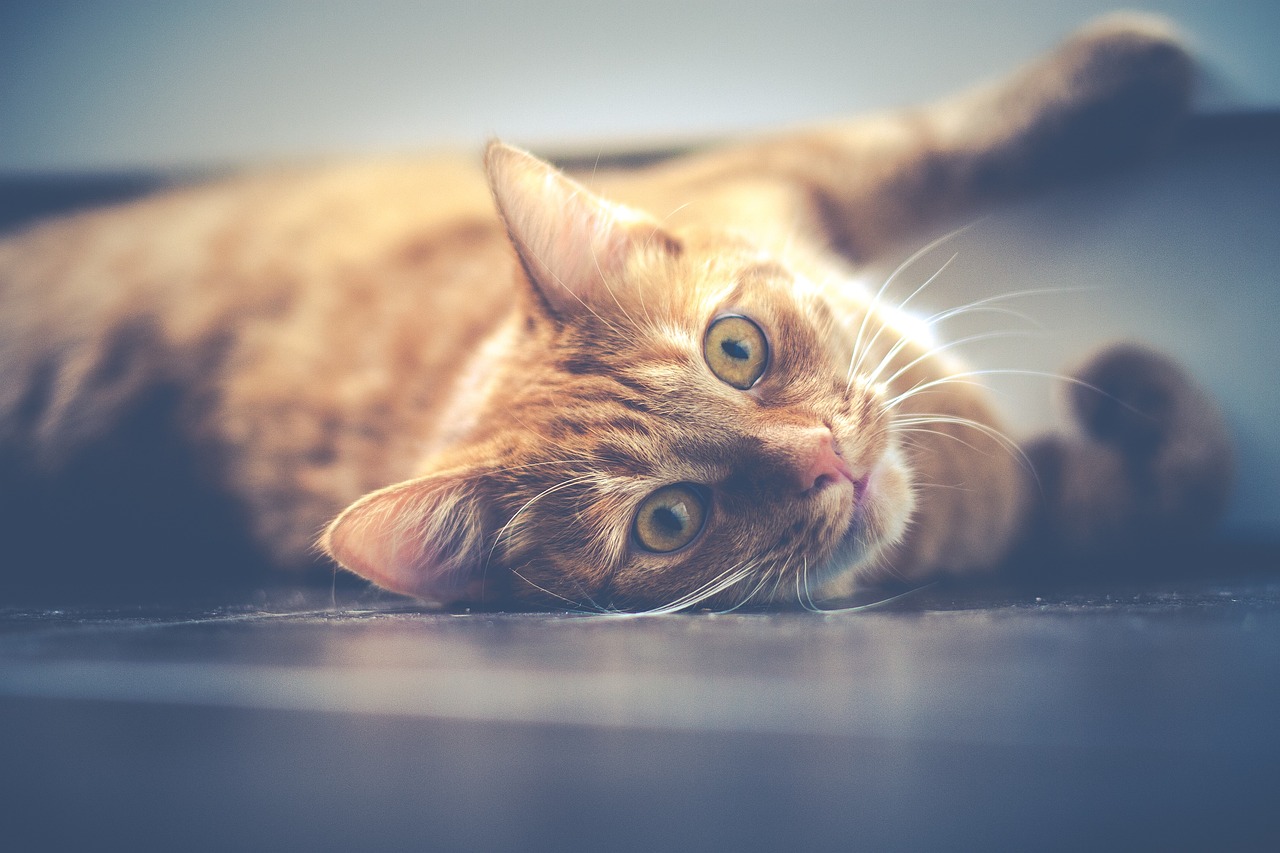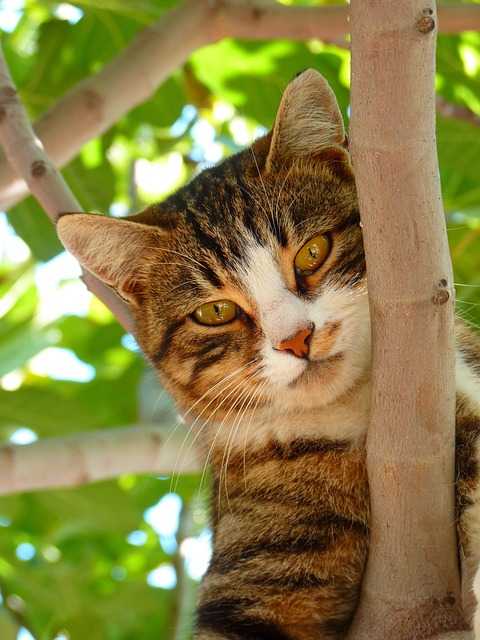Cat lovers, have you ever wondered why your feline friends spend so much of their time curled up in dreamland? If you’ve observed your pet’s cat sleeping routine and wondered about it, you’re not alone. In this blog post, we will delve into the fascinating world of feline slumber and answer the question: why do cats sleep so much? Let’s unravel the mystery behind these unique sleeping patterns together.
Understanding a Cat’s Sleep Cycle
Cats, those instinctive hunters, have sleep patterns finely tuned to their predatory nature. This survival instinct, honed through generations, remains deeply rooted even in our domesticated kitties. In the wild, cats devote much of their day to snoozing, reserving their energy for hunting. Hence, they’ve adopted what we call polyphasic sleep patterns, enjoying multiple short naps throughout the day and night instead of one prolonged slumber like us humans. This habit persists in domestic cats, who, though spared the task of hunting for their meals, continue to indulge in frequent siestas. It’s a lifestyle perfectly suited to a predator, keeping them alert and primed for action whenever the need arises. And that’s precisely why your kitty can swiftly transition from deep slumber to playful pouncing in the blink of an eye.
Cats and Their Deep Sleep vs. Light Sleep
Just like us, cats experience various stages of sleep: deep sleep and light sleep. During deep sleep, which lasts about five minutes per cycle, their bodies kick into repair mode. It’s during this phase that growth hormones necessary for tissue regeneration and immune system strengthening are released. This phase is vital for their overall health and well-being. Once the brief deep sleep cycle concludes, cats ease into a light sleep stage. Ever noticed your cat twitching their ears or paws while dozing? They’re likely in this light sleep phase. Semi-alert, they’re poised to wake at the slightest hint of action. It’s during this stage that your furry friend can seamlessly shift from slumber to playful antics, showcasing the intriguing duality of their tranquil yet alert sleep patterns. So, the next time you catch your cat catching some Z’s, remember, they’re not merely snoozing; they’re cycling through stages of deep, restorative sleep and light, vigilant rest, ever prepared for adventure—a true testament to their hunting heritage.
Age and Sleep Patterns in Cats
The relationship between a cat’s age and its snooze schedule is quite fascinating. At different life stages, you’ll notice varying amounts of shut-eye. Kittens, much like human infants, require plenty of sleep to fuel their growth and development. This additional sleep isn’t just for rest; it supports their burgeoning bodies’ rapid development, aiding tissue regeneration through the release of growth hormones during sleep. This phase is pivotal in their lives and sets the stage for healthy growth. Conversely, older cats, especially those in their golden years, may clock in more sleep compared to their younger counterparts. However, this extended snooze isn’t about growth; it’s often due to decreased energy levels as they age. Additionally, age-related health concerns may contribute to increased sleep as their bodies require more rest to combat illnesses. Conversely, younger and middle-aged cats strike a balance between sleep and wakefulness, though their sleep is just as essential for their well-being. Overall, age plays a significant role in cat sleep patterns, and understanding these variations helps cat owners navigate their feline companions’ natural aging process. However, significant changes in sleep could signal health issues and warrant a vet visit.
Health and Sleeping Patterns in Cats
Your cat’s health profoundly influences their sleep patterns. When under the weather, cats may nap more frequently or for longer stretches as their bodies rally to fight off illness. Conversely, discomfort from certain health issues can disrupt sleep patterns, causing restlessness or, in severe cases, insomnia. Conditions like arthritis may make it challenging for cats to find a comfortable sleeping position, leading to unease. Digestive issues can also disturb sleep, causing more frequent awakenings. Keeping a close eye on changes in your cat sleeping habits is crucial, as they could signal underlying health concerns. Regular vet check-ups are vital to ensure excessive sleep or changes in sleep patterns aren’t symptomatic of health issues. Alongside check-ups, a balanced diet and regular exercise contribute to overall health and, by extension, sleep patterns. In essence, monitoring your cat’s health ensures their sleep is restful and rejuvenating, not indicative of underlying problems.
The Importance of Enrichment in a Cat’s Wakeful Hours
Despite their extended slumber, cats have active periods crucial to their well-being. During these awake hours, they crave a mix of physical and mental stimulation. Engaging them in play sessions, offering opportunities to explore, and fostering interactions with family members enrich their lives. Interactive play not only keeps cats physically fit but also lets them exhibit their hunting instincts in a controlled setting. Toys mimicking prey, like feather wands or small toys, are fantastic for this purpose. And remember, each cat is unique, so their play preferences may vary. Allowing cats to explore their environment provides mental stimulation; from simple window perches for bird-watching to elaborate indoor gardens, the options are endless. Lastly, positive human interaction is paramount. Despite their independence, cats benefit from social bonds with humans. Regular petting sessions, conversations, and shared activities strengthen the bond between cat and owner. In essence, while sleep dominates a cat’s day, their awake hours are equally vital. Finding the right balance of physical activity, mental stimulation, and positive interaction significantly enhances a cat’s quality of life.
How to Support Your Cat Sleeping
Ensuring your cat sleeping quality is vital for their overall well-being. Start by providing a cozy, tranquil spot for them to snooze. Cats adore high places, so consider a cat tree or perch. A comfortable sleeping area encourages peaceful rest. Maintaining a stable routine aids in regulating your cat’s sleep cycle. Aim for regular meal times, play sessions, and quality time together each day. Consistency helps sync your cat’s natural sleep-wake cycle with your family’s routine, fostering harmony. Lastly, pay attention to any sudden changes in your cat’s sleep patterns. Excessive sleep or signs of restlessness could indicate health issues requiring vet attention. By creating a comfy sleeping environment, sticking to a routine, and monitoring sleep habits, you actively support your cat’s sleep health. Ultimately, the goal is to ensure their sleep serves instinctual needs and contributes to their overall happiness and well-being.

